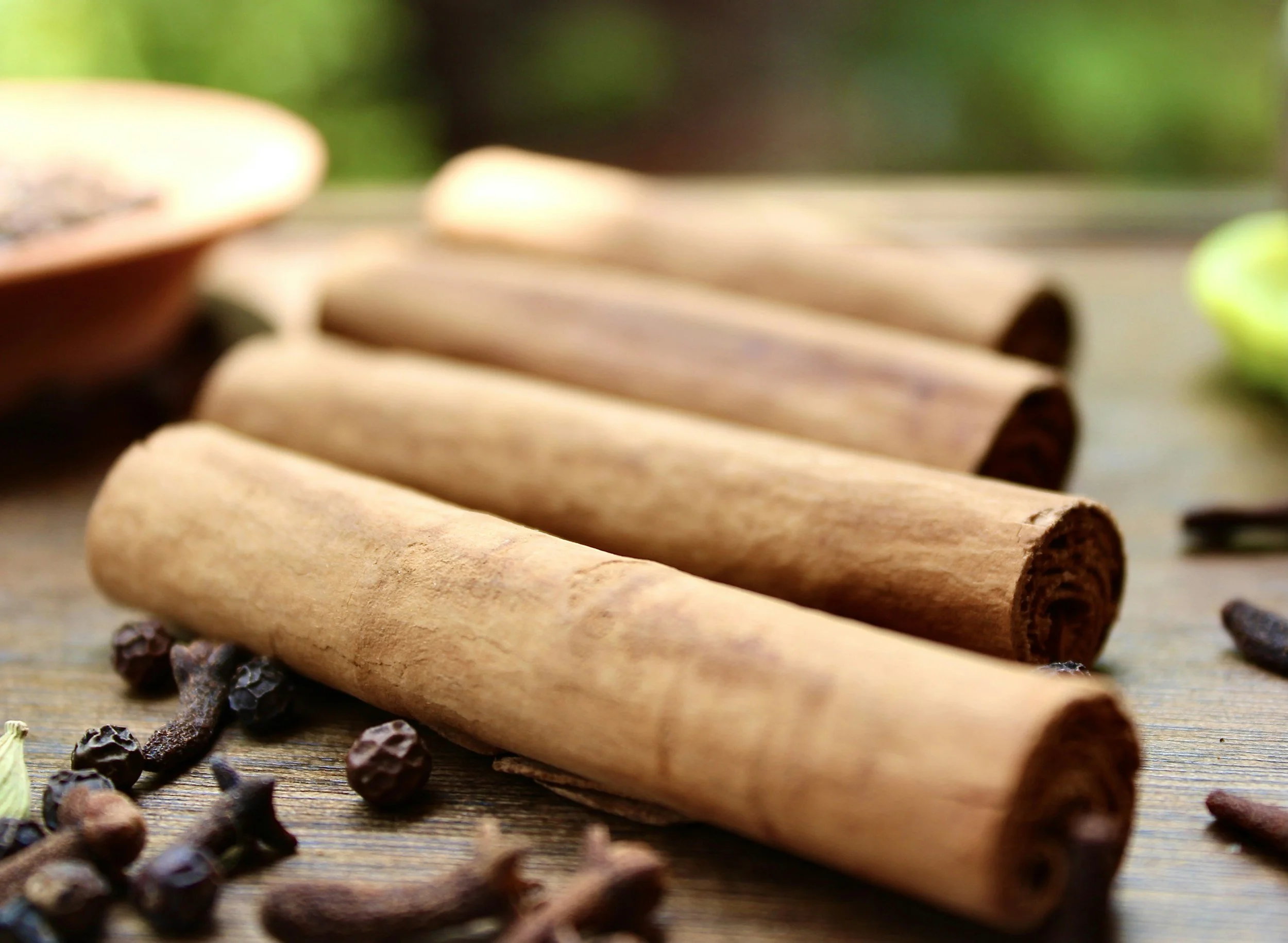The Origins of Cinnamon
A Spice Shaped by Trade, Power, and Myth
Key Takeaways
Cinnamon is one of the oldest known spices, used in ancient Egypt, India, and China for medicine, embalming, and ritual purposes.
Once more valuable than gold, cinnamon played a major role in the global spice trade and helped fuel European colonial expansion.
Myths and secrecy surrounding its origin were deliberately spread by early traders to protect monopolies.
Sri Lanka (Ceylon) was the historical heart of true cinnamon (Cinnamomum verum), while cassia (Cinnamomum cassia) became more common in later global trade.
Today, cinnamon’s layered legacy reveals the complex intersections of power, food, and cultural storytelling.
Table of Contents
→ What Is Cinnamon, Really?
→ Ancient Uses: Sacred, Medicinal, and Symbolic
→ A Spice Worth More Than Gold
→ Myths of Origin: Giant Birds and Secret Trees
→ Colonial Conquest and Control
→ Cinnamon’s Modern Identity
→ Cinnamon and Canadian Cuisine
→ Conclusion: What Cinnamon Teaches Us
Cinnamon comes from the inner bark of trees in the Cinnamomum genus. The most prized variety, Cinnamomum verum (or Ceylon cinnamon), is native to Sri Lanka. Other types, particularly Cinnamomum cassia, originated in China and Southeast Asia and are often sold under the same name, especially in North America.
Though visually similar, these varieties differ in flavour, texture, and even safety—cassia contains higher levels of coumarin, which can be harmful in large quantities.
Cinnamon’s story stretches back over 4,000 years. In ancient Egypt, it was used in embalming rituals due to its preservative qualities and fragrance. It appears in Chinese medical texts from as early as 2800 BCE, where it was prescribed to treat colds, digestion issues, and even impotence.
In the Hebrew Bible, cinnamon is listed among the ingredients of holy anointing oil. In ancient Greece and Rome, it was burned as incense in temples and offered as tribute to gods and emperors. From the start, cinnamon carried sacred, healing, and luxurious associations.
By the time of the Roman Empire, cinnamon had become a commodity so prized that it was often worth more than gold by weight. Its use was largely restricted to the elite classes of Europe, Asia, and North Africa. But despite the demand, few people outside a small circle of traders knew its true source.
Arab traders in particular controlled the spice routes between Asia and Europe, passing cinnamon through ports like Alexandria and using elaborate storytelling to obscure its origins. This secrecy allowed them to maintain high prices and control over distribution.
To protect their monopoly, early cinnamon traders fabricated fantastic tales. Herodotus, the 5th-century BCE Greek historian, wrote that giant cinnamon birds collected the bark from unknown lands and built nests with it. To retrieve the cinnamon, locals supposedly lured the birds away and then harvested the fallen nests.
Other stories claimed cinnamon was harvested from lakes guarded by serpents or that it grew in deep forests protected by curses. These myths were not simply tales—they were economic tools. Misinformation sustained high demand while ensuring the source remained shrouded in mystery.
The Age of Exploration changed everything. In 1505, Portuguese forces landed in Sri Lanka and quickly realized the island's immense cinnamon wealth. For the next 150 years, they maintained a brutal monopoly over Ceylon cinnamon, extracting both the spice and the labour of Indigenous communities.
They were eventually ousted by the Dutch East India Company in 1658, which continued and expanded the exploitative trade. The Dutch enforced forced cultivation and shipment of cinnamon, turning it into a cornerstone of their colonial economy.
Later, the British took control of Sri Lanka, and cinnamon production was industrialized further, though by then, cassia cinnamon from other parts of Asia was gaining popularity due to its lower cost.
Today, most “cinnamon” sold in Canada and the United States is actually cassia. While cassia has a stronger, spicier flavour, true Ceylon cinnamon is subtler and sweeter, and still highly valued in Sri Lankan cuisine and natural medicine.
This shift in dominant variety reflects centuries of global trade, shifting power, and consumer tastes. The word “cinnamon” itself has become a stand-in for several closely related species, much like the word “tea” or “pepper.”
Cinnamon may not be native to Canadian soil, but it’s deeply rooted in many of the cultural food traditions that shape Canadian kitchens.
It appears in Métis and settler baking traditions, from cinnamon bannock to butter tarts and cinnamon buns—a legacy of trade and colonization. Cinnamon also features heavily in dishes brought by immigrants from the Middle East, South Asia, and Latin America. It binds together diverse identities, histories, and tastes.
What was once a rare, mystical spice is now a familiar ingredient in home kitchens across the country—but its journey tells a story far larger than any single cinnamon roll.
Cinnamon is more than a flavour—it’s a window into the history of desire, deception, and domination. Its path from sacred ritual to everyday ingredient reflects the human tendency to turn plants into power, stories into strategy.
By remembering the true origins of cinnamon, we connect to a broader food history—one shaped by myth and migration, empire and exchange.
Everything you ever wanted to know about cinnamon
→ Cinnamon Spice in Global Cuisine: How Different Cultures Use
→ This Flavorful Spice
→ Why Cinnamon Smells So Good: The Surprising Science Behind the Spice
→ The Medicinal Powers of Cinnamon: From Ancient Remedies to Modern Science
→ The Spice Route’s Secrets: Ancient Recipes That Traveled the World











